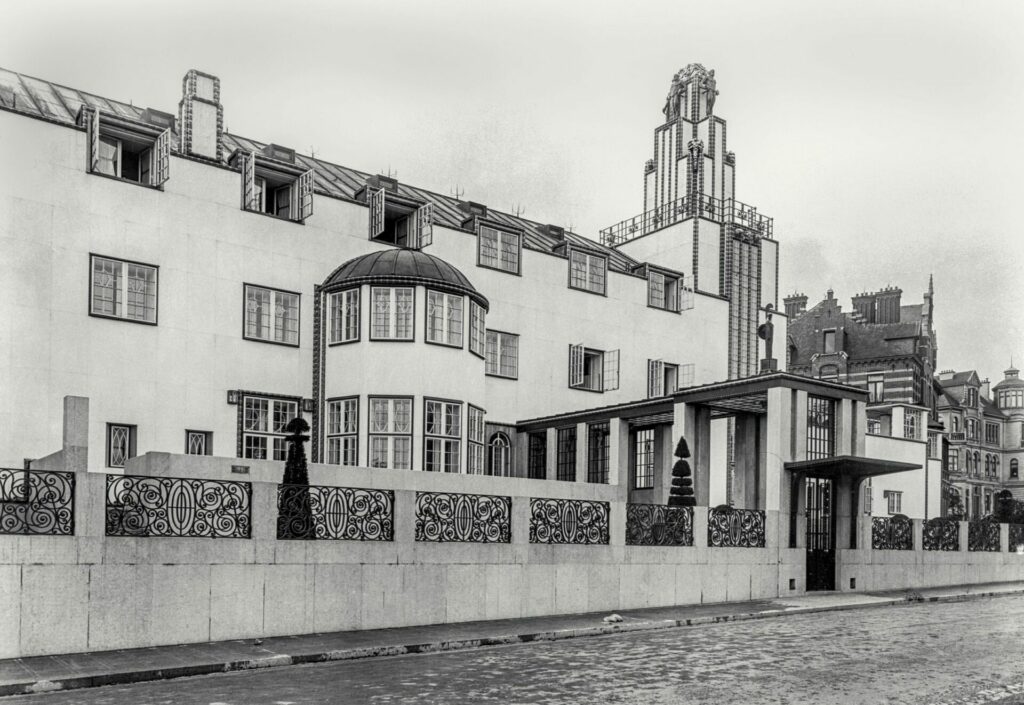As part of the Art Nouveau year in Brussels, the Art and History Museum opened on Friday the exhibition ‘Josef Hoffmann: Falling for Beauty’.
The exhibition (6.10.2023 – 14.4.2024), in collaboration with the Museum of Applied Arts in Vienna and the Austrian Ministry of Culture, aims at presenting the work of a prominent figure in the evolution of modern design in the 20th-century. It offers an opportunity to discover an artist who regarded beauty as an essential element in individual and social transformation.
The Viennese architect Josef Hoffmann (1870-1956) is perhaps best known in Brussels as the designer of the Stoclet House, a project that would become famous as the "Stoclet Palace" and mark a turning point in his life and career. The house was commissioned by the Stoclet-Stevens family, a wealthy family of Belgian bankers and art collectors. The family still owns the house but it is not open to the public.
There are no inside images of the Stoclet Palace to be seen in the exhibition but it might still be the only chance to get a flavor of how Hoffmann’s interpretation of beaty was expressed in the building. The house belongs to the early phase of Hoffmann’s long artistic career. A new economy of space and comfort gave way to a different experience of luxury and art, culminating in the dining room in the building with two 7-meter-wide mosaics by Gustav Klimt.
Hoffmann designed everything, right down to the tiniest details: not only the building, but also the garden, the picture frames and plinths for the art collection, carpets, furniture, porcelain and cutlery. It is one of his most prestigious ‘total’ designs.
He passed away in 1956 at the age of 85, having lived through different pollical regimes, and remained active for over 60 years, influencing hundreds of designers to this day. Amid changing trends, he managed to stay true to his own creative standards. Among his clients was also the Nazi government. New research has shed light on his attitude towards Nazism which persecuted his Jewish colleagues.
According to the curators, this retrospective exhibition offers a deeper analysis of the artist's ideals and their evolution, both due to and independently of the various ideological and social circumstances in which they took shape. The exhibition presents a range of well-known works as well as several rare pieces from private collections.
The Brussels Times

